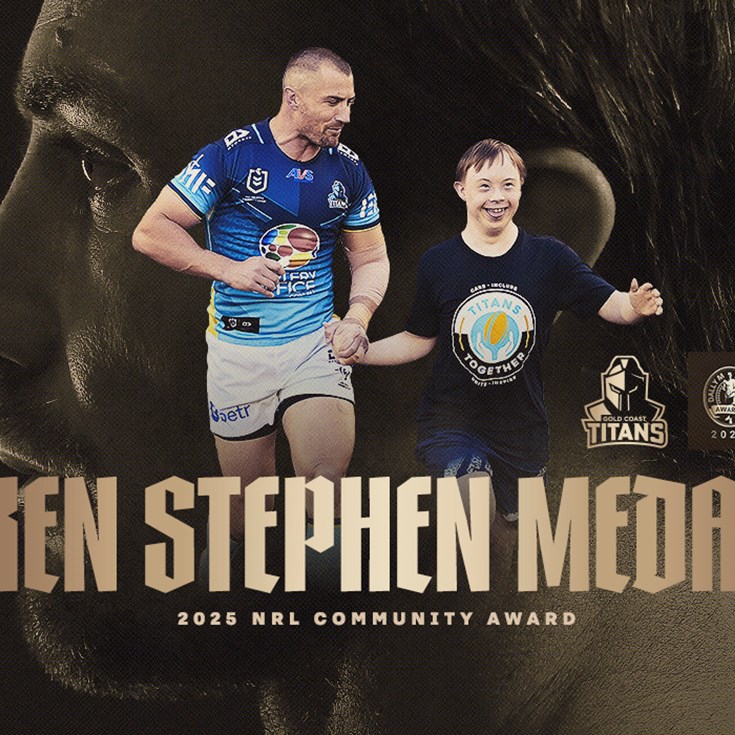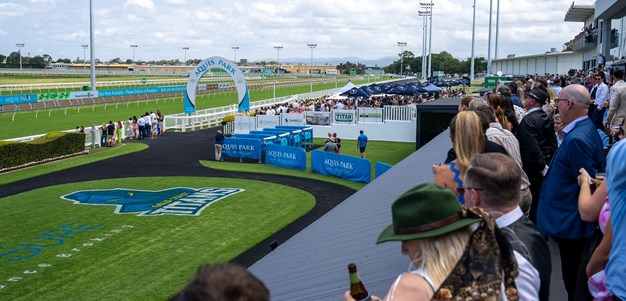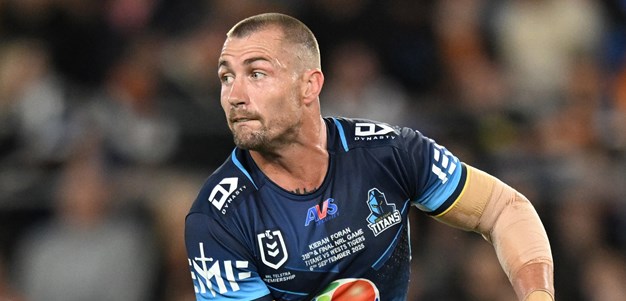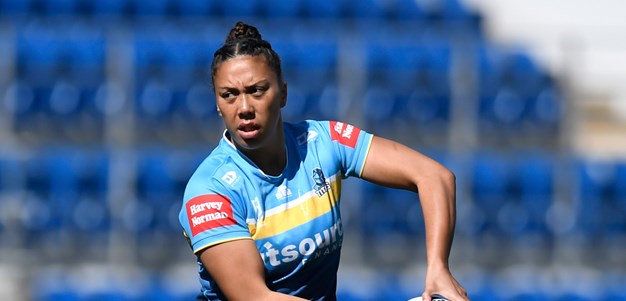Imagine the scenario of being an NRL coach and having the ability to highlight the opposition's weak points live in play based on live tracking data.
The NRL's DataJam returned for a third year at Sydney's KPMG in Barangaroo last week with Wests Tigers coach Michael Maguire and Fox League commentator Michael Ennis among the names on the judging panel.
The concept of the day revolves around the NRL handing over 2019 player stats and GPS data which provides the speed, acceleration and location of the player every one tenth of a second throughout the game.
Leading data-driven companies, most of whom have limited knowledge on rugby league specifics, use their own metrics to create possible new ways for coaches and fans to use data on individual players and teams.
"I had no idea what I was walking into but walking away now I'm looking forward to coming back, there's a lot of smart people in the room that can add a lot in rugby league," Maguire told NRL.com.
"I do like data, the game is changing. It looks like men just running into each other but there's a lot of analysis in the game with players changing in speed and strength – it's a changing game.
"To have data and analyse it in a different light allows you to understand where the game is going.
"I'm a big believer that fans know a lot about our game and when they watch it they can dissect it sometimes better than us as coaches."

Australian brand Suncorp were crowned 2019 champions after developing a play simulator model that could identify trends and predict potential outcomes based on 64 statistical data categories including the distance between defenders, player fatigue and play-the-ball speed.
The model had the potential to be displayed to both coaches for game review/preparation and on-screen via broadcasting in a live situation.
Group leader Keegan O'Shea said his team didn't want to come across as condescending to some of the game's best tactical minds when presenting their model but was confident in the concept.
His idea was to present a tool which allowed the coach to input what they felt was important to the game, not what he felt was important.
The model would identify which defenders were doing a lot of work and could give the best options along the defensive lines to attack.
In a game where territory is so crucial, the model was also aiming to predict which plays could lead to a strong hit-up or line break on the following play.
"We tried to predict basically what are the plays that end up making the run [on the following play] go more than eight metres," O'Shea said.
"The idea of the simulator is to pull it out for the coach and even commentators or fans to see live what's happening and then they could work out the percentage of the play or position being successful."
Other presentations included a focus on the impact of fatigue on field control, and when best to take two points on offer via a penalty goal when factoring in the score, time remaining in the game and game style.













